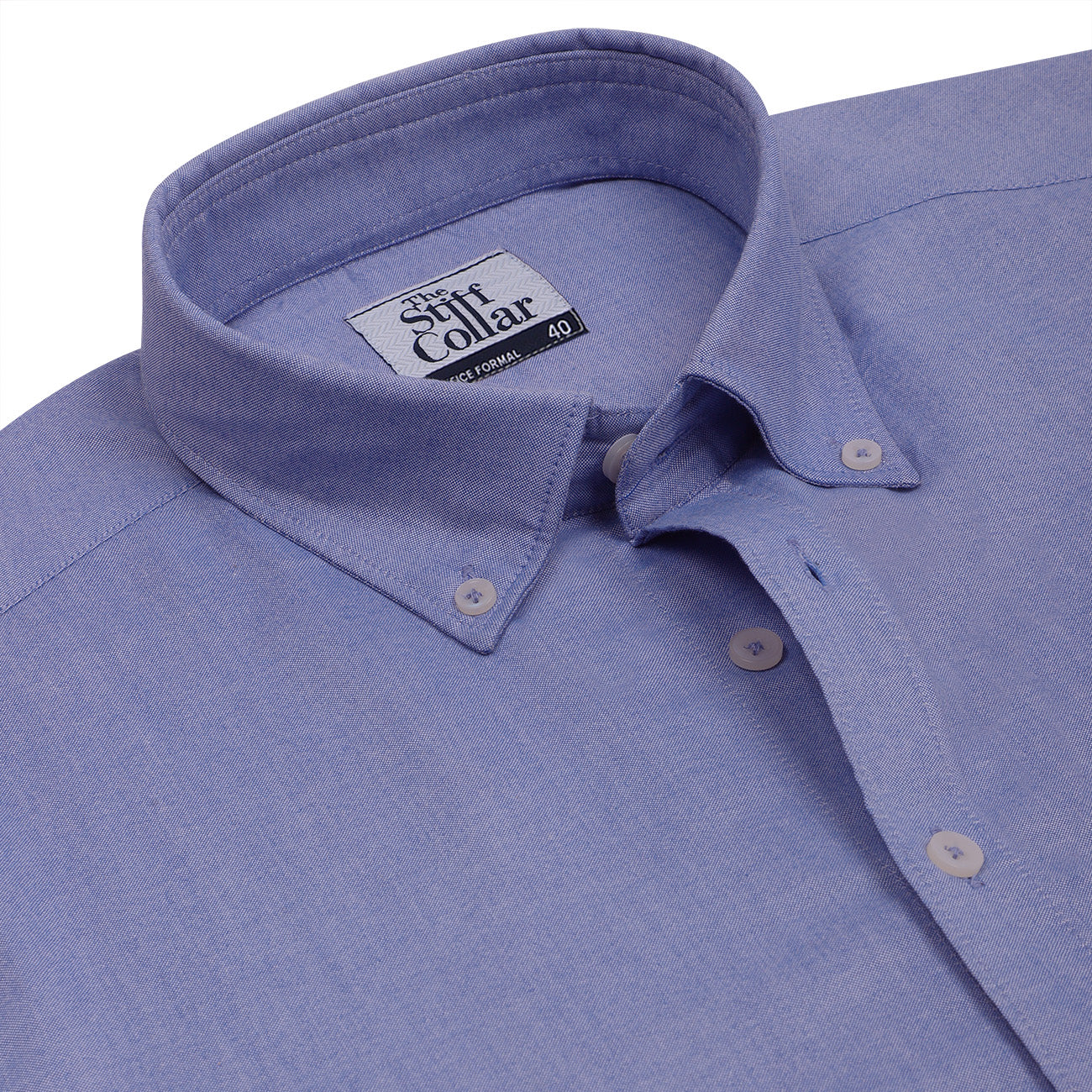All across India wedding season is in full swing. An estimated 35 lakh weddings will be taking place from November 2022 until February 2023, with many families criss-crossing the country to attend the nuptials of their nearest and dearest. Outfit planning for so many events can feel overwhelming so we’ve compiled this short guide of do’s and don’ts to aid you this shaadi season.
Alongside dressing for weddings, we’re including some tips on how to dress for other formal occasions, where you would be expected to dress in your best!
Weddings
As a guest, it is your duty to look well-groomed and presentable, but not to overshadow the bride and groom.
DO’s
- Embrace ethnic - Indian ethnic wear for weddings comes in such a multitude of forms. From Kurta Churidar, to Jodhpur suits, to Sherwani’s, Dhoti’s, and Pathani’s. Whichever you choose, where it with pride. Keep it minimal and yet luxurious. And remember that quality speaks - so ensure that you avoid synthetic materials and too much plastic bling.
- Splurge on one good pair of shoes that are versatile enough to be worn with a variety of outfits. And, again, opt for good quality leather or suede shoes so they’ll last longer and not need replacing every year.
- Consider accessories like shawls, jewellery, pocket squares, brooches, and hosiery. The devil is in the details - as they say!
- Plan your ‘down-time’ outfits. Sure, the outfits for the main functions are important, but so is what you wear in-between functions and when travelling to and from the wedding. Choose well tailored shirts (linen, or herringbone, or gingham checks), a smart pair of dark denims or chinos, and a comfortable but sophisticated pair of suede shoes or sneakers.
DON’T’s
- Don’t go overboard - with anything. Too much aftershave, too much hair gel, too much jewellery, too much glitz, too much alcohol - none of it is a good look.
- Avoid super cheap options as these are likely to be of poor quality. Synthetic fabrics will make you feel very sweaty and uncomfortable during the functions. Invest in good quality garments and accessories. You don’t have to break the bank to get good quality items. Choose 100% natural fibres (cotton, linen, raw silk), and well-stitched / well-designed clothing.
- Don’t mistreat your garments. Get your special clothes dry cleaned and then store them carefully in a closet with moisture absorbers to avoid that musty, damp smell from appearing.
Here are a few of our favourite options from The Stiff Collar for downtime and travelling:
Interviews
An interview is the ultimate first impression. If you don’t perform well in the first interview there will be no further interviews and certainly no job. Therefore, dressing well for your interview is crucial. Although all HR departments and recruiters will tell you that they only base their decisions on your conversation and experience, how you present yourself and what you look like are also factors they will consider.
DO’s
- Get a haircut, a good nights sleep, and a shave. If you’re of a slightly nervous disposition then you could even do a 10-20 minutes of mindful breathing to calm yourself down beforehand. Iron your shirt and pants well, and be on time. These small details will help you to feel prepared and confident.
- Choose a subtle and sophisticated shirt. Opt for a premium cotton fabric with a luxurious weave like a dobby weave, herringbone, poplin, or houndstooth. Select an office-appropriate colour like white or light blue - a light grey or pink could just about pass.
- Match your shirt with well-tailored trousers, and a smart pair of shoes (ensure that your shoes are well polished). If it is appropriate (and the weather allows) then you could also wear a blazer/jacket, and a tie.
DON’T’s
- Avoid bright coloured shirts, prints/patterns. Keep it understated and subtle. Pencil stripes and micro/graph checks are ok, but any other pattern should be avoided.
- Do not roll your sleeves up or have your collar unbuttoned. An interview is a formal occasion, sloppiness is not permitted. Shoes or bags with scuffs and scratches should also be avoided. You are presenting the most professional version of yourself - a reflection of your work abilities.
Here are a few of our favourite options from The Stiff Collar for interviews:



Business meetings
Whether you are trying to secure a deal, meet investors, or simply having your weekly group meeting, it is important that you look your best. If you are a team leader, or an employer, then dressing well is crucial for gaining respect and attention.
DO’s
- Try to wear a variety of shirts throughout the week. Different colours, different weaves, solids and patterns.
- Be comfortable! There is nothing worse than wearing an ill-fitting shirt for a full day in the office. Either get your shirt tailored specifically for you, or choose a brand that understands good tailoring. Look for shirts that give you good mobility (split yoke, longer hemline), have collar stays (to maintain a crisp collar throughout the day), and an appropriate ‘weight’ of fabric - breathable, with a good drape.
- Tuck your shirt in properly. Choosing a shirt with a slightly longer hemline will prevent any untucking mishaps.
DON’T’s
- Avoid ‘playful’ / informal shirts like plaid checks, or gingham.
- Avoid fabric that creases easily. These days there are plenty of wrinkle-free options in the market. Wrinkle-free shirts will allow you to look sleek and smart from morning till night.
- Don’t choose heavy weight fabrics like brushed twill or brushed cotton, or anything synthetic. Underarm sweat patches are not a good look!
Here are a few of our favourite options from The Stiff Collar for business meetings and office wear:

















